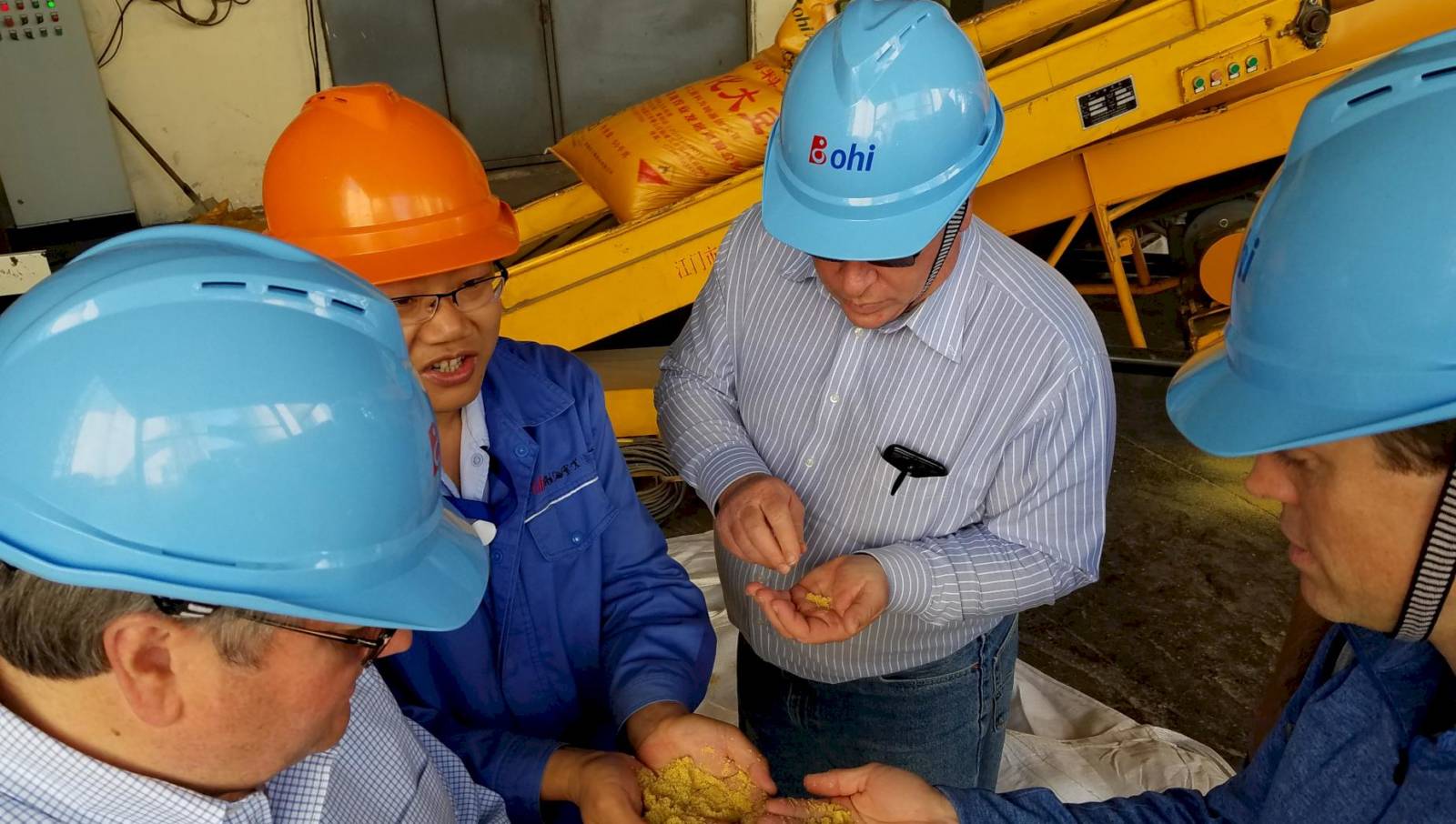Relax.
Green Bay Packers’ quarterback Aaron Rodgers once uttered that word to calm down fans after a few losses. In a sense, trade experts say recent U.S. soybean sales abroad should have the same effect on farmers worried about the nation’s trade dispute with China.
Last month’s threat by China to slap a 25-percent tariff on U.S. soybeans in retaliation for proposed U.S. duties on Chinese products initially sent soybean prices reeling. Farmers feared the nation’s large stockpile of soybeans would increase — causing more financial heartache in the Heartland — because the world’s No. 1 buyer would purchase even more from South America.
A surge in U.S. soybean exports and prices days after the tariff announcement indicate otherwise.
“I won’t call (fears) unfounded,” said Chad Hart, Iowa State University Extension and Outreach grain economist. “No market can replace China; it’s a big deal.
“But after the immediate market reaction … what we saw is export growth across the board that should continue despite what happens in China,” he continued. “We’ve seen the market strengthen despite all the trade rhetoric.”
The tariff threat increased premiums for Brazilian and Argentine soybeans, making U.S legumes less expensive by about $25-$30 per ton. And the bargain shoppers came out in droves.
Buyers from Europe, Egypt, Pakistan, Indonesia and other countries bought tens of millions of bushels of U.S. beans since the beginning of April, according to government data. A crusher in Argentina even purchased nearly 9 million bushels from the U.S., its largest purchase in 20 years, instead of from neighboring Brazil. Argentina, the world’s third-largest soybean producer, was ravaged by drought. Its soybean crop was reduced by about 35 percent.
“We actually picked up more business throughout the world because of the tariff threat,” said John Baize, an international oil seed consultant from Falls Church, Virginia. “The Europeans are saying, ‘what the heck, U.S soybeans are cheaper, we’ll buy those.’”
U.S. soybean exports for the marketing year, which runs from September through August, got off to a sluggish start — 20-25 percent off the previous years’ pace, according to Hart. Thanks in part to a flurry of April sales, the nation is close to meeting its export projections previously in doubt.
To read the rest of the article from the Iowa Soybean Association, click here.
